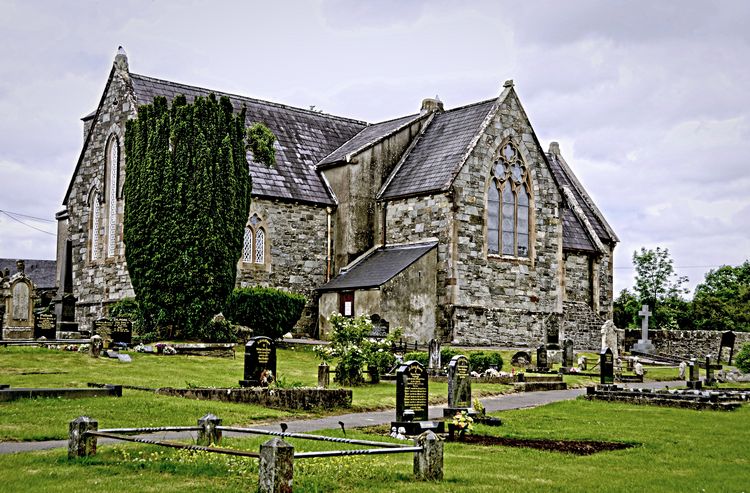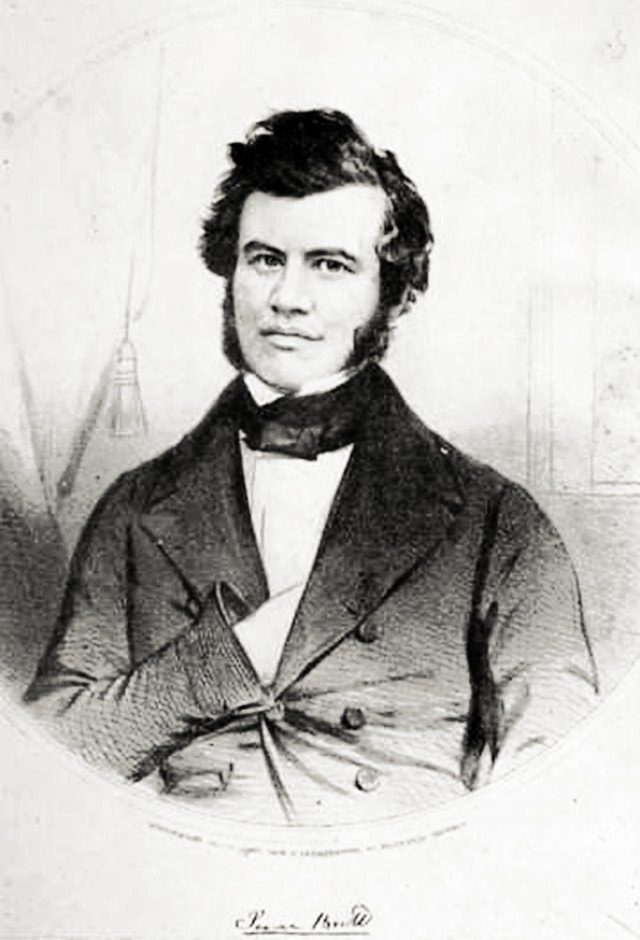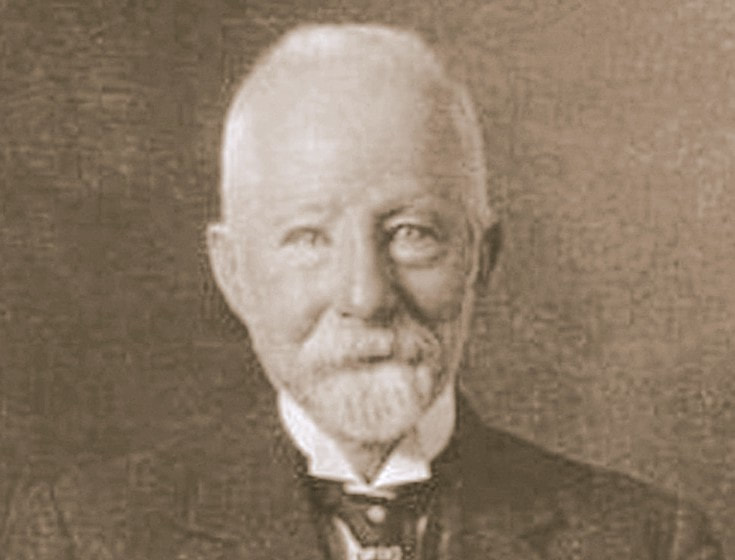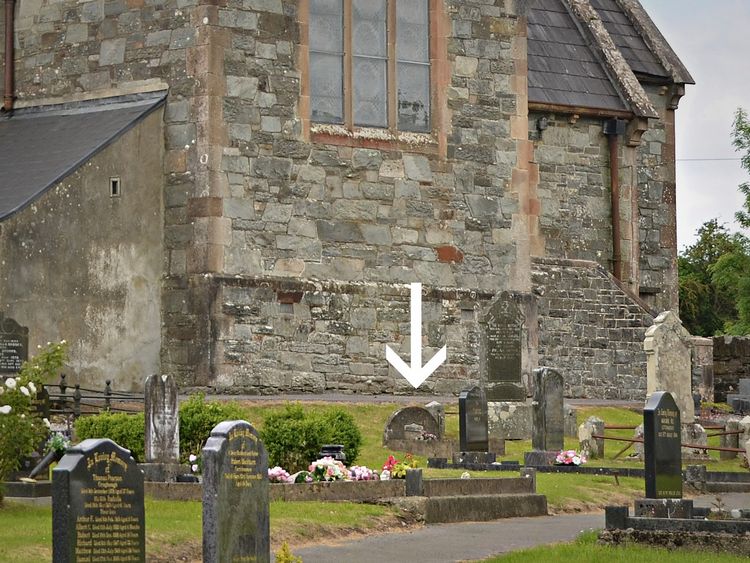ST. JOHN'S (C.o.I), Stranorlar
St. John's Church of Ireland, Stranorlar
The notice board there reads:
"
"
From Buildings of Ireland:
"This plain but substantial Church of Ireland church retains much of its early form and character despite some recent alterations. It also retains much of its early fabric including attractive cast-iron quarry glazed windows, while the pointed-arch openings lend this building a muted Gothic theme that is typical of its type. The loss of the majority of the original natural slate roofing is regrettable but fails to substantially detract from the integrity of this building. The form of the original church (nave and tower) conforms to the typical Board of First Fruits (1711 - 1833) two/three-bay hall and tower form Church of Ireland churches that can be found in great numbers throughout the Irish countryside.
The plain elevations of the original church are enlivened by the good quality cut stone surrounds to the window openings, which were probably added in 1863 (see below). This building originally dates to 1729 – 1833 but it was greatly extended in 1863 when the chancel and transepts were added, which effectively doubled the size of the original church building. These later sections display some notable cut stone detailing, principally to the window openings (the fine triple-light window to the chancel gable with intricate Geometric Gothic tracery in particular), the raised verges and the dressed stone quoins to the corners, that is clearly the work of skilled craftsmen, adding some artistic merit to this structure.
These later works were carried out by the architectural firm Fraser, Ferguson & Fraser of nearby Derry City, and the main contractor involved was a W. McCelland. Further works took place to the interior in 1835 (see below) and in 1897, when the tower was apparently completed (IAA). The tower formerly had Gothic finials or pinnacles to the corners (Rowan 1979), which have now been replaced in recent years by a shallow pyramidal roof structure. Lewis (1837) records that this church ‘is an old building, to which the same Board, in 1825, granted a loan of £300 for the erection of a gallery’, while Slater’s Directory of 1894 records it as ‘an ancient cruciform building with a square tower and four spires’. The church is surrounded by graveyard, which contains an interesting collection of upstanding, table-type and recumbent gravestones, some of which are finely carved and of artistic merit. The majority of these gravemarkers date to the nineteenth and twentieth centuries, although a number of eighteenth-century recumbent examples are still insitu.
A number of grave plots are set in wrought and/or cast-iron railed enclosures, adding additional interest. Isaac Butt (1813 – 79), the founder of the Irish Home Rule Party and a noted campaigner for social rights etc., is buried in this graveyard (grave marked by a simple upstanding memorial), adding additional historic interest to this site. The simple boundary walls and gateways, particularly the pedestrian gateway to the north of the tower, add to the setting and context of this site, which is an integral element of the built heritage and social history of the Stranorlar area."
"This plain but substantial Church of Ireland church retains much of its early form and character despite some recent alterations. It also retains much of its early fabric including attractive cast-iron quarry glazed windows, while the pointed-arch openings lend this building a muted Gothic theme that is typical of its type. The loss of the majority of the original natural slate roofing is regrettable but fails to substantially detract from the integrity of this building. The form of the original church (nave and tower) conforms to the typical Board of First Fruits (1711 - 1833) two/three-bay hall and tower form Church of Ireland churches that can be found in great numbers throughout the Irish countryside.
The plain elevations of the original church are enlivened by the good quality cut stone surrounds to the window openings, which were probably added in 1863 (see below). This building originally dates to 1729 – 1833 but it was greatly extended in 1863 when the chancel and transepts were added, which effectively doubled the size of the original church building. These later sections display some notable cut stone detailing, principally to the window openings (the fine triple-light window to the chancel gable with intricate Geometric Gothic tracery in particular), the raised verges and the dressed stone quoins to the corners, that is clearly the work of skilled craftsmen, adding some artistic merit to this structure.
These later works were carried out by the architectural firm Fraser, Ferguson & Fraser of nearby Derry City, and the main contractor involved was a W. McCelland. Further works took place to the interior in 1835 (see below) and in 1897, when the tower was apparently completed (IAA). The tower formerly had Gothic finials or pinnacles to the corners (Rowan 1979), which have now been replaced in recent years by a shallow pyramidal roof structure. Lewis (1837) records that this church ‘is an old building, to which the same Board, in 1825, granted a loan of £300 for the erection of a gallery’, while Slater’s Directory of 1894 records it as ‘an ancient cruciform building with a square tower and four spires’. The church is surrounded by graveyard, which contains an interesting collection of upstanding, table-type and recumbent gravestones, some of which are finely carved and of artistic merit. The majority of these gravemarkers date to the nineteenth and twentieth centuries, although a number of eighteenth-century recumbent examples are still insitu.
A number of grave plots are set in wrought and/or cast-iron railed enclosures, adding additional interest. Isaac Butt (1813 – 79), the founder of the Irish Home Rule Party and a noted campaigner for social rights etc., is buried in this graveyard (grave marked by a simple upstanding memorial), adding additional historic interest to this site. The simple boundary walls and gateways, particularly the pedestrian gateway to the north of the tower, add to the setting and context of this site, which is an integral element of the built heritage and social history of the Stranorlar area."
ISAAC BUTT, (1813-79)
|
Isaac Butt, founder of the Home Rule movement, was born in the nearby townland of Cloughan, Glenfin and died in Clonskeagh, Dublin and his remains were taken by train to Strabane in County Tyrone and from there to his final resting place in Stranorlar.
A plaque on one of the walls reads: "ISAAC BUTT (1813-1879) POLITICIAN, BARRISTER, JOURNALIST, PHILOSOPHER, PATRIOT Founder of the Home Rule movement, and "One of the most unselfish public men that Ireland has ever seen". (New York Times). He wrote "I wish to be buried in Stranorlar churchyard as close as may be to the south eastern angle beneath the tree by which I used to sit and dream as a boy." You can visit the grave where his wish was granted." |
The bronze plaque on his grave (see photograph below) reads:
"ISAAC BUTT
POLITICIAN, BARRISTER, JOURNALIST, PHILOSOPHER, PATRIOT
Born in Kilteevogue Church of Ireland rectory Glenfin, son of the Reverend Robert Butt who later moved to become Rector of Stranorlar Parish where Isaac spent his childhood.
He was a noted orator who spoke fervently for justice, tolerance, justice and freedom.
He always defended the poor and oppresed.
He was the founder of the Irish Home Rule Party and was later succeeded as leader by Charles Stewart Parnell.
Died 5th of May 1879 - buried here at his express wish five days later."
(Click on any of the photographs below to enlarge).
"ISAAC BUTT
POLITICIAN, BARRISTER, JOURNALIST, PHILOSOPHER, PATRIOT
Born in Kilteevogue Church of Ireland rectory Glenfin, son of the Reverend Robert Butt who later moved to become Rector of Stranorlar Parish where Isaac spent his childhood.
He was a noted orator who spoke fervently for justice, tolerance, justice and freedom.
He always defended the poor and oppresed.
He was the founder of the Irish Home Rule Party and was later succeeded as leader by Charles Stewart Parnell.
Died 5th of May 1879 - buried here at his express wish five days later."
(Click on any of the photographs below to enlarge).
DR. JOHNSTON, "Johnston's Motor Car"
GRAVE OF THE UNKNOWN CHILD
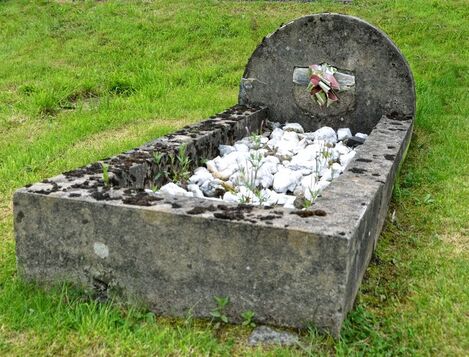 The little child's grave
The little child's grave
Just behind the church or Row No. 17 there is a beautiful little handmade stone cradle which obviously marks the burial plot of a very young child.
On the Graves Layout Plan board nearby it is listed thus:
"Grave No: 202
Name: Child's Grave
Details: Reputed to have died from being scratched by a cat."
On the Graves Layout Plan board nearby it is listed thus:
"Grave No: 202
Name: Child's Grave
Details: Reputed to have died from being scratched by a cat."
Despite our best efforts, we can find not a trace of the identity of this child.
It seems sad on the face of it but if we look at the other side, the child had obviously been much loved given the work that went into making this very unique grave for the child. Added to that, we noticed the remains of flowers attached to the head of the grave. Maybe a relative, or maybe just a kind hand.
It seems sad on the face of it but if we look at the other side, the child had obviously been much loved given the work that went into making this very unique grave for the child. Added to that, we noticed the remains of flowers attached to the head of the grave. Maybe a relative, or maybe just a kind hand.
Obviously we don't know whether the child was a boy or a girl but we thought this poem by Willam Blake (1757-1827), the English poet, painter and printmaker, fitting.
The little boy lost in the lonely fen,
Led by the wandering light,
Began to cry, but God, ever nigh,
Appeared like his father, in white.
He kissed the child, and by the hand led,
And to his mother brought,
Who in sorrow pale, through the lonely dale,
The little boy weeping sought.
Led by the wandering light,
Began to cry, but God, ever nigh,
Appeared like his father, in white.
He kissed the child, and by the hand led,
And to his mother brought,
Who in sorrow pale, through the lonely dale,
The little boy weeping sought.
